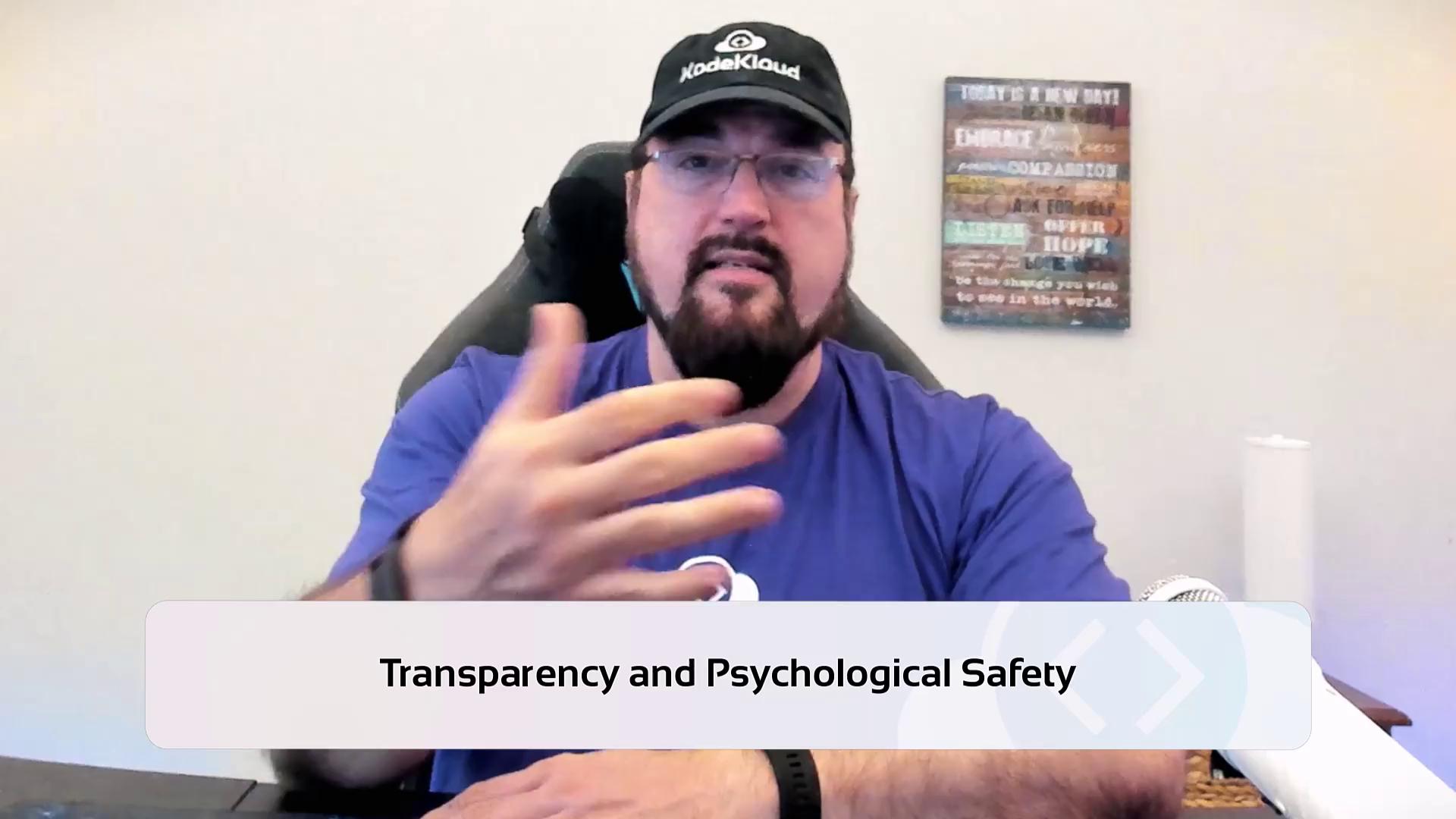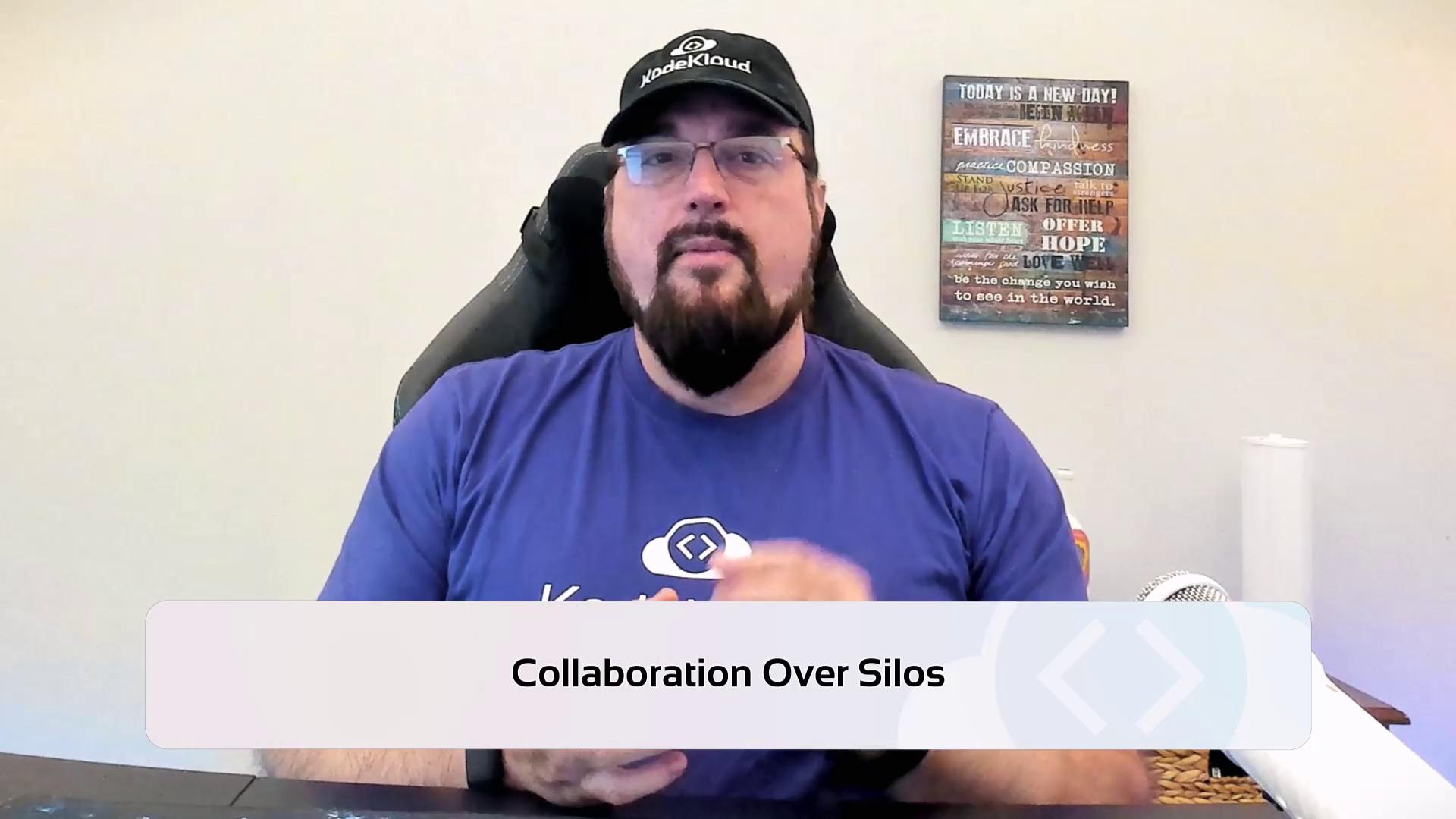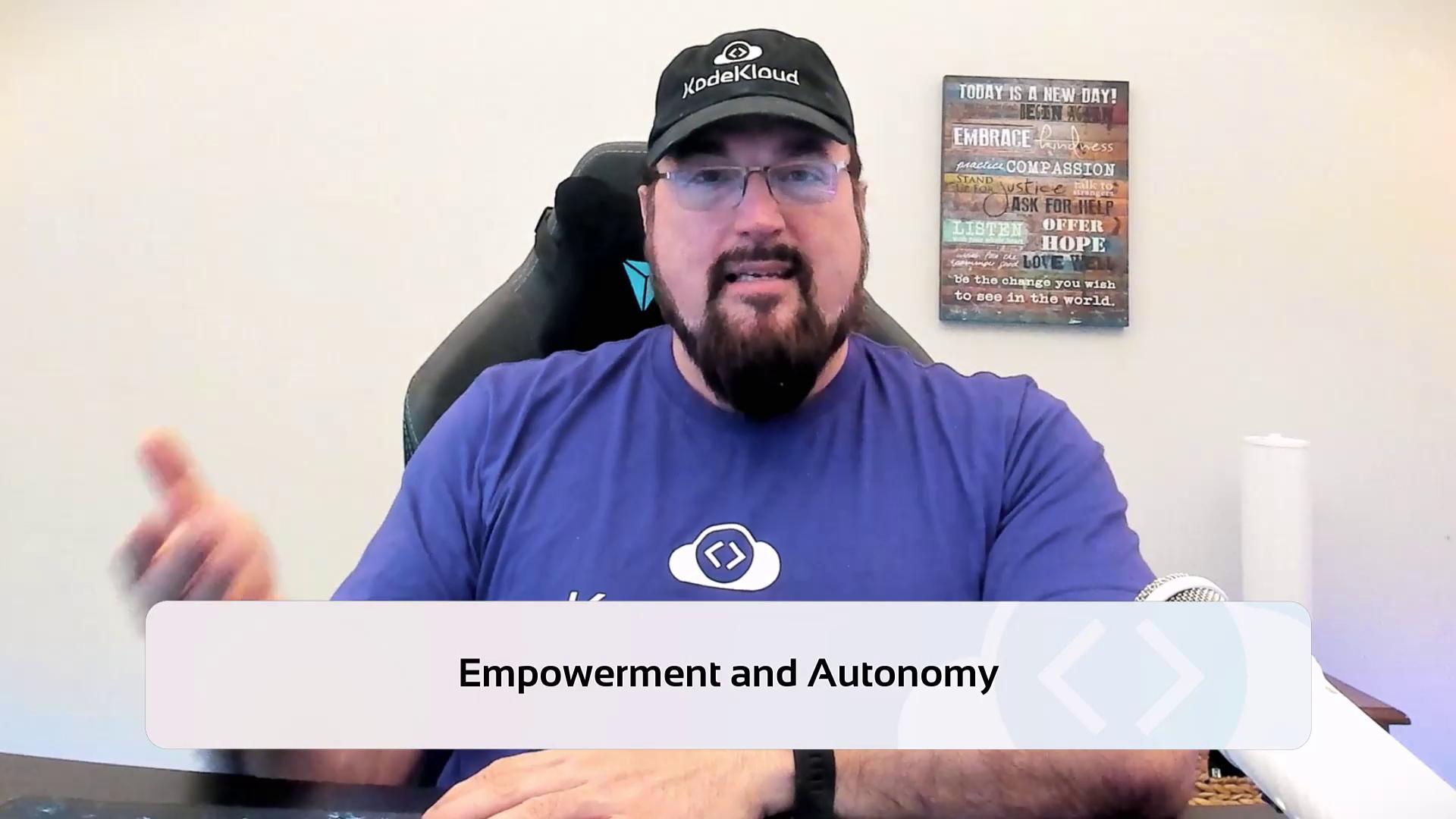Enhancing Soft Skills for DevOps Engineers: Essential Non-Technical Skills to Thrive
Collaboration Collusion and Consipiracy
DevOps Story How to wreck a team versus how to Align it
Welcome to this DevOps Soft Skills lesson by Michael Forrester. In this leadership narrative, we contrast two management approaches—one that disempowers and fragments teams, and one that aligns, empowers, and drives high performance.
A few years ago, I joined a company as director of a DevOps-focused team. Shortly thereafter, a new VP of Infrastructure arrived to lead the broader department. He centralized decision-making, frequently criticized new ideas, and became a bottleneck for any initiative. In contrast, my DevOps group adopted capacity planning, clear prioritization, and proactive cross-team collaboration. The result was increased autonomy, engagement, and measurable improvements in both system reliability and team morale.
When I proposed extending these practices across the department, the VP resisted, routing every decision through himself. His well-intentioned oversight stifled innovation and slowed delivery. This story highlights two paths:
- A top-down leadership style that breeds dysfunction.
- A collaborative style that empowers teams and accelerates success.
In this lesson, we’ll explore four core principles to build a healthy DevOps culture.
1. Transparency and Psychological Safety

Teams thrive when work is visible and feedback flows freely. By documenting progress, sharing dashboards, and normalizing open discussions about failures, leaders build trust and encourage continuous learning.
Note
Psychological safety encourages team members to admit mistakes, ask challenging questions, and innovate without fear. Make failure a stepping stone, not a fault.
2. Breaking Down Silos

DevOps unites development, operations, QA, security, and other functions around shared objectives. Eliminating handoffs, standardizing interfaces, and encouraging joint ownership ensures that teams can deliver end-to-end value efficiently.
3. Empowerment and Autonomy

High-performing teams need context, resources, and the freedom to make decisions. Rather than micromanaging, provide guidelines, pair on problem-solving, and trust your team to choose tools and practices that fit their workflow.
4. Continuous Improvement
High-velocity teams embrace a culture of ongoing optimization. Regularly review workflows, measure key metrics (lead time, MTTR, deployment frequency), and run experiments to reduce waste. Treat every incident as an opportunity for collective learning.
Applying These Principles
Create Transparency
Make work visible with tools like Jira, Kanban boards, or Trello.
Encourage team members to update their progress regularly—whether they’re facing blockers or celebrating milestones.Foster Open Communication
Schedule regular stand-ups, retrospectives, and “lunch-and-learn” sessions. Provide forums where people feel safe to share insights, concerns, and creative ideas.Actively Break Down Silos
Define shared goals and collective ownership across functions.
Rotate team members through adjacent workflows so they gain empathy and broaden their skill sets.Empower Your Team
Provide training, documentation, and budget for experimentation.
Delegate decision-making authority and let teams pick the best automation frameworks.Iterate and Experiment
Continuously refine processes by running small-scale experiments, measuring outcomes, and scaling up successes.
Quick Reference
| Principle | Action | Tools & Approaches |
|---|---|---|
| Transparency | Visualize progress and blockers | Jira, Trello, Kanban boards |
| Open Communication | Host stand-ups and retrospectives | Slack, Microsoft Teams, Zoom |
| Breaking Down Silos | Define cross-functional goals | Shared OKRs, Confluence |
| Empowerment & Autonomy | Delegate decisions and resources | Training sessions, Lunch-and-learn workshops |
| Continuous Improvement | Run experiments and measure impact | Metrics dashboards, A/B testing |
Conclusion
Leadership is a choice. Every decision can either align, empower, and motivate your team or fragment, slow, and demoralize them. Whether you’re a formal manager or an informal influencer, you have the power to shape an environment of transparency, psychological safety, collaboration, autonomy, and continuous growth.
Choose to align, not wreck—because strong teams and healthy cultures drive DevOps success more than any individual.
Links and References
Watch Video
Watch video content